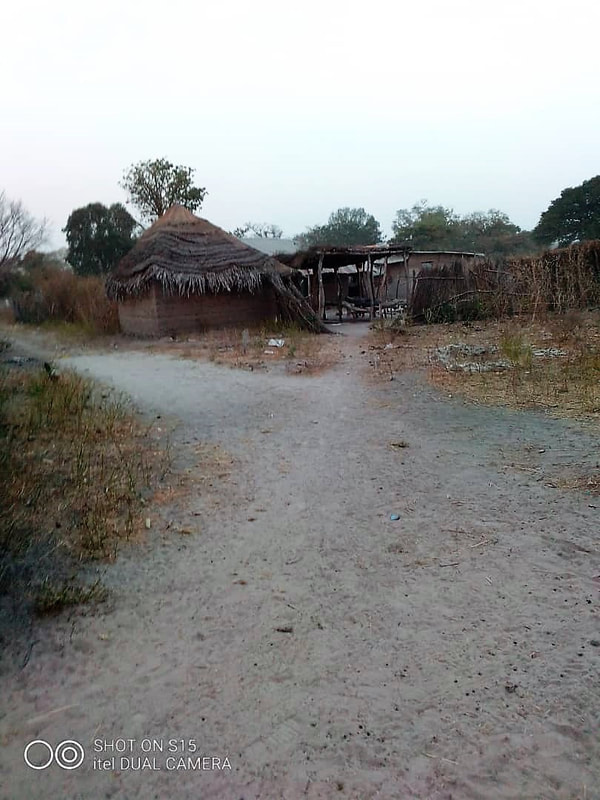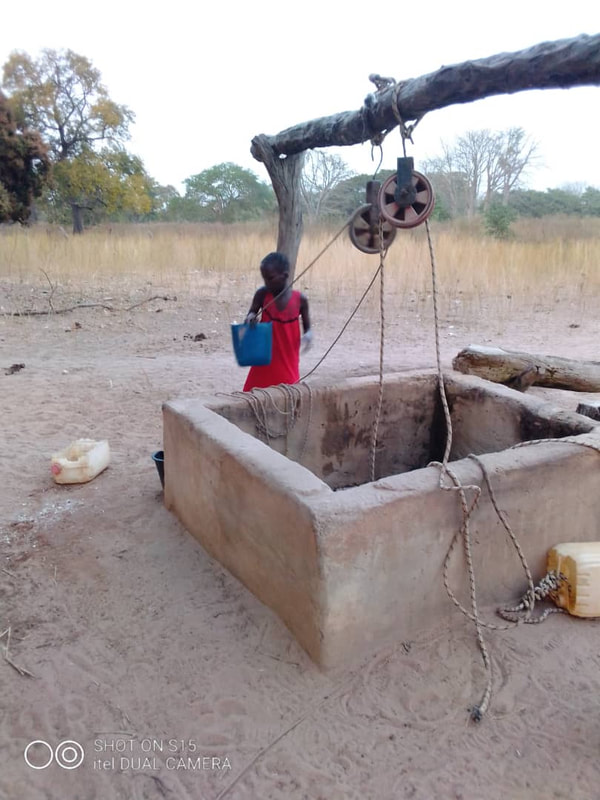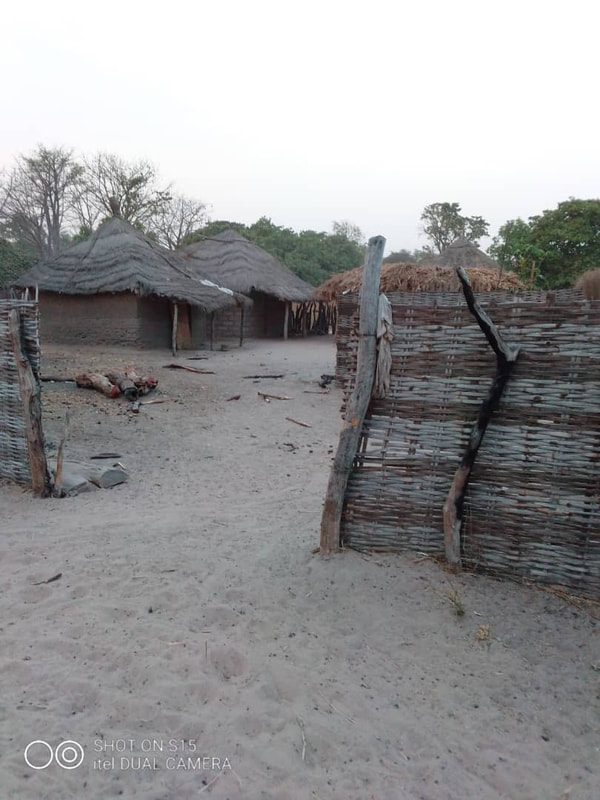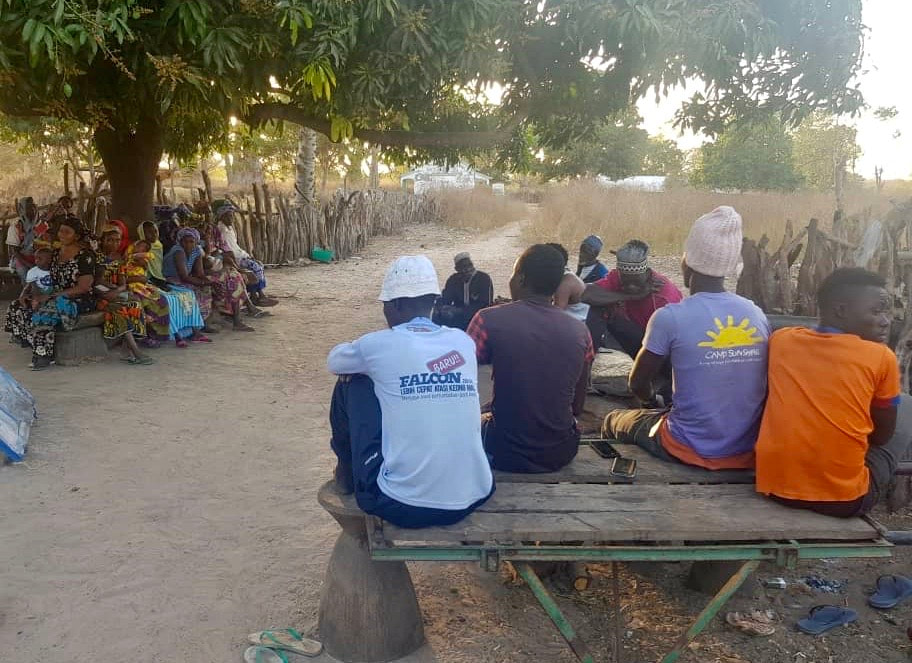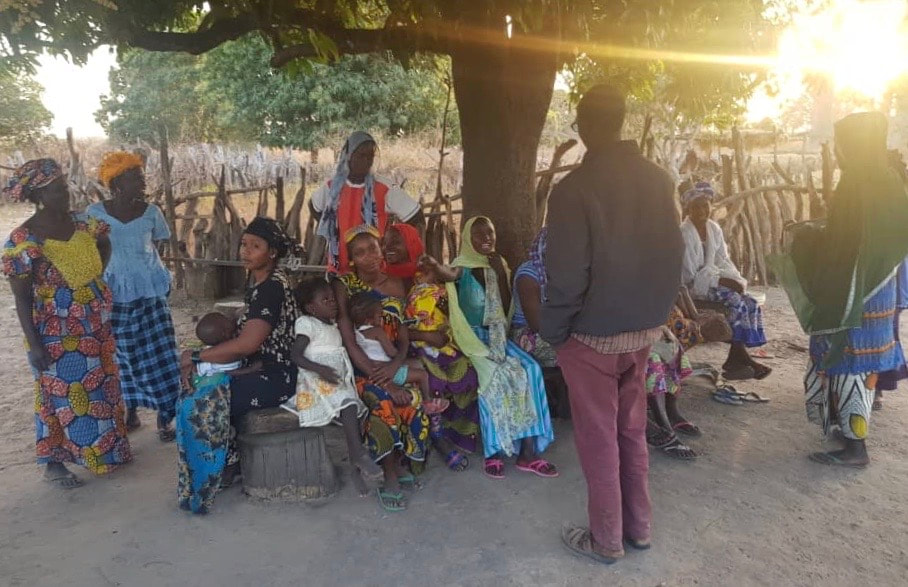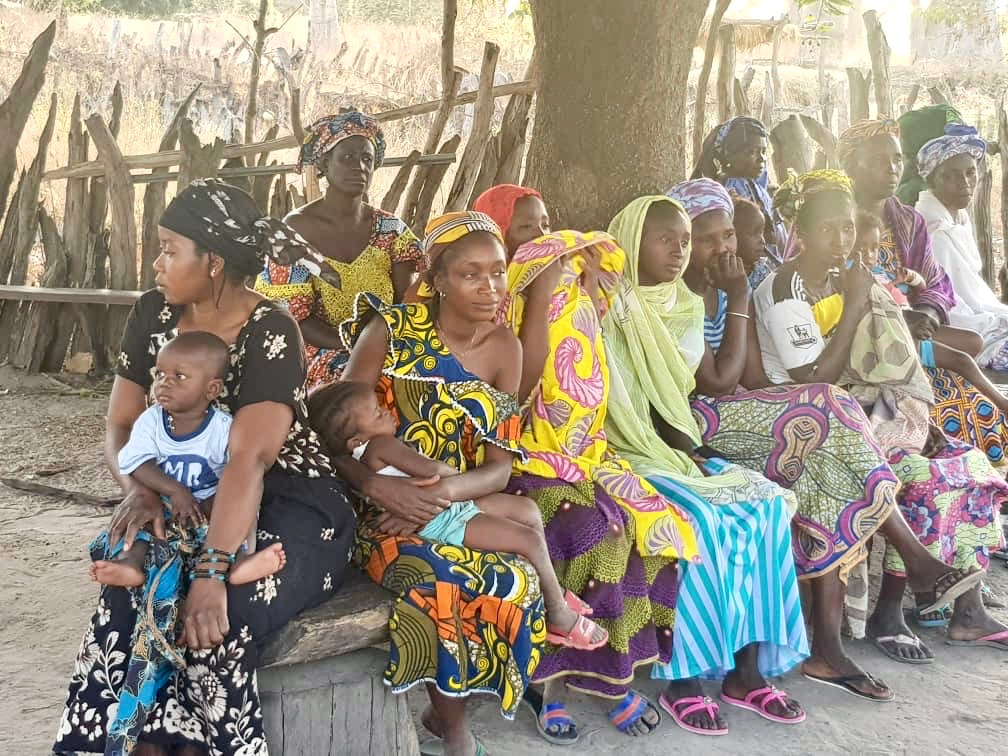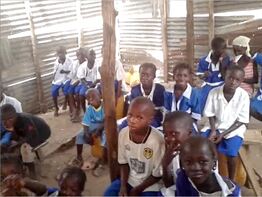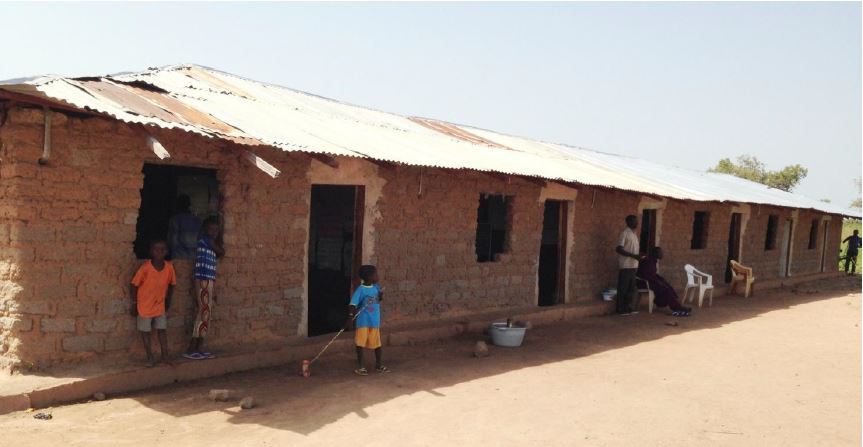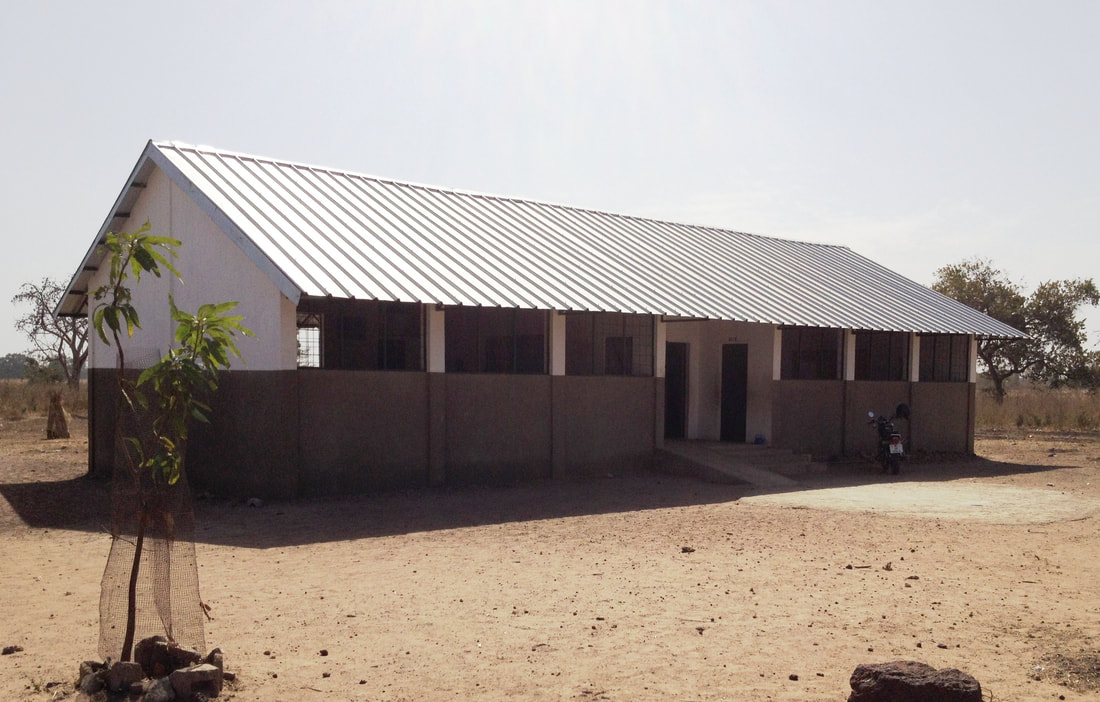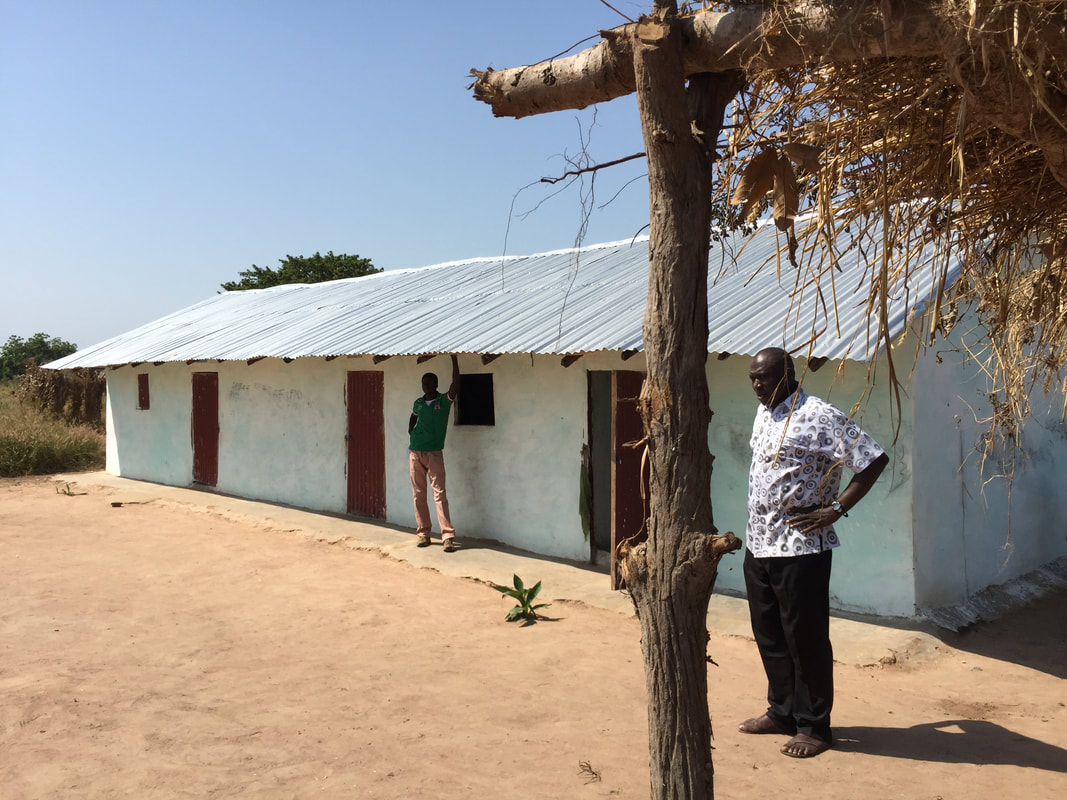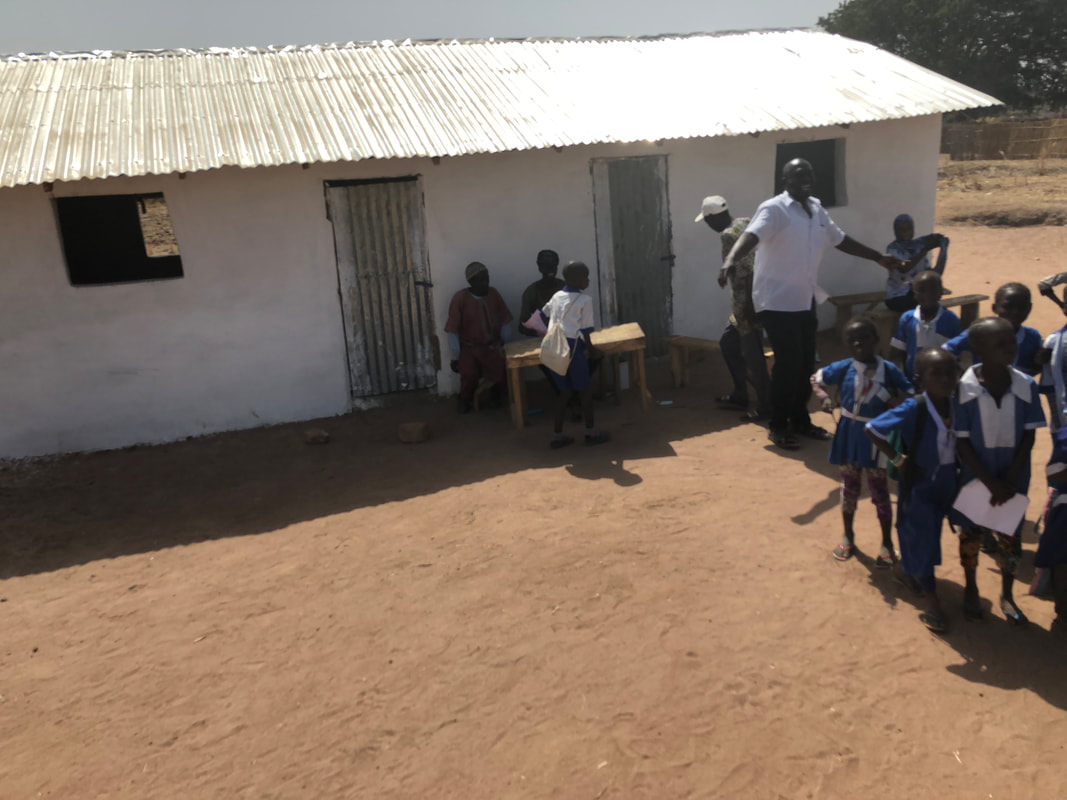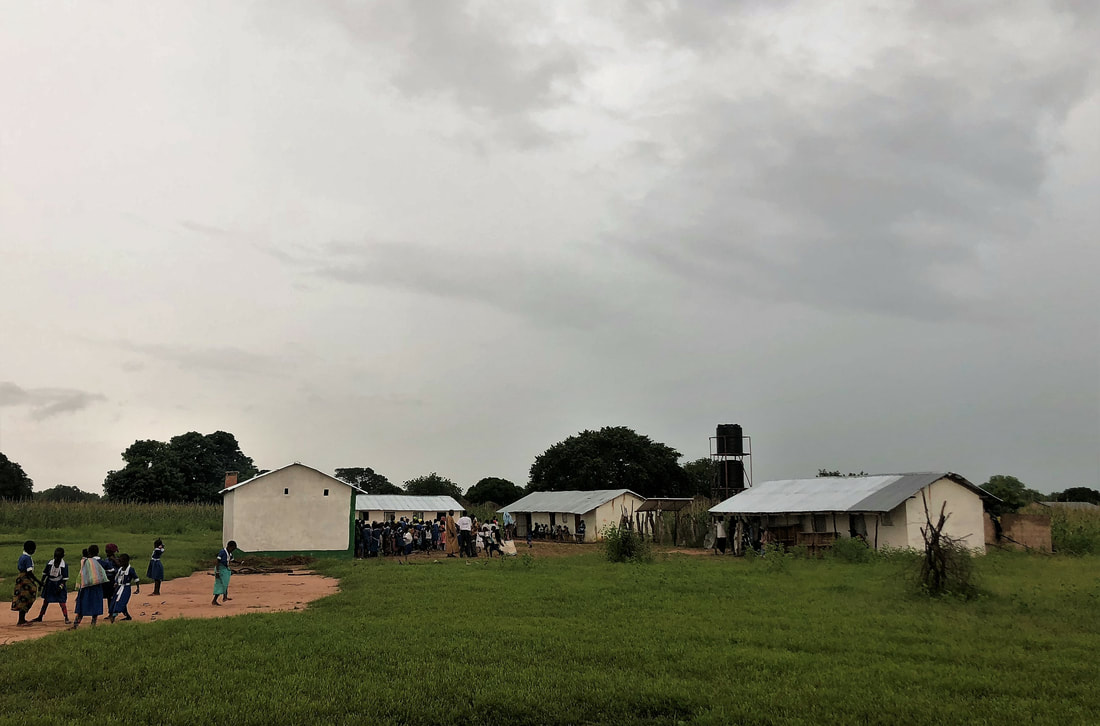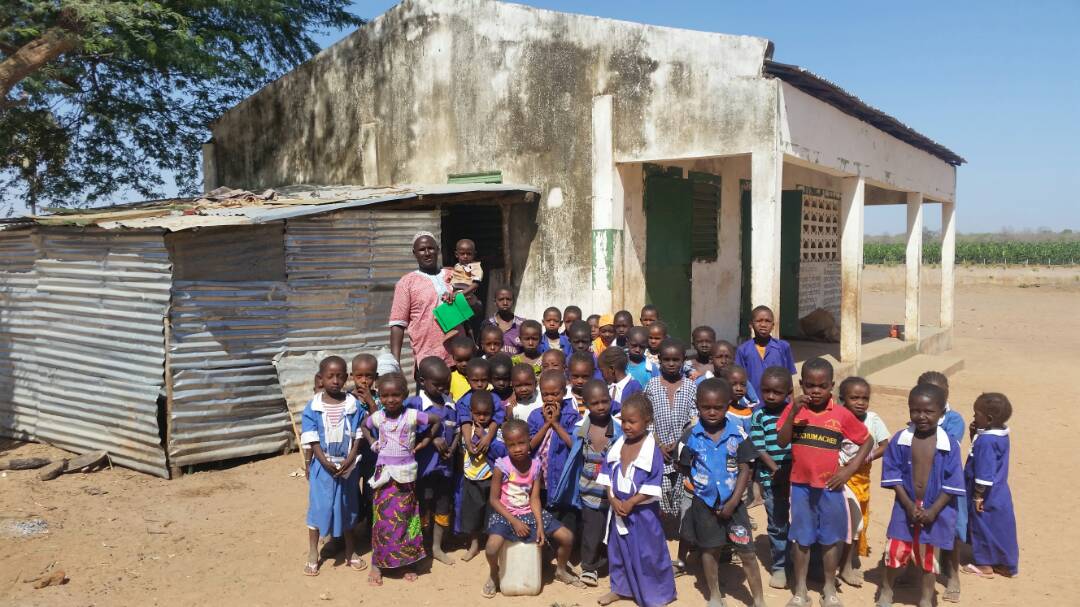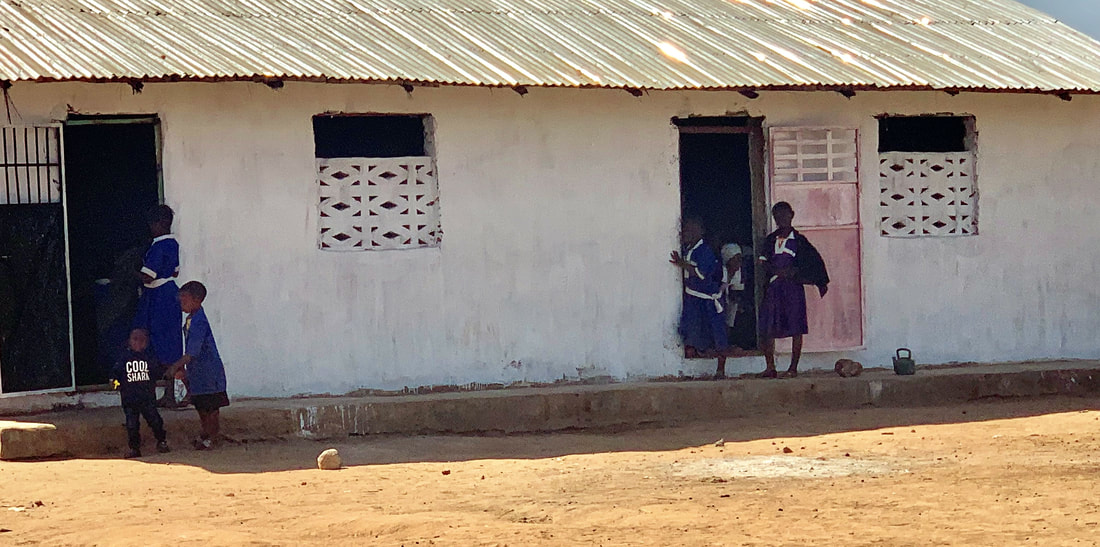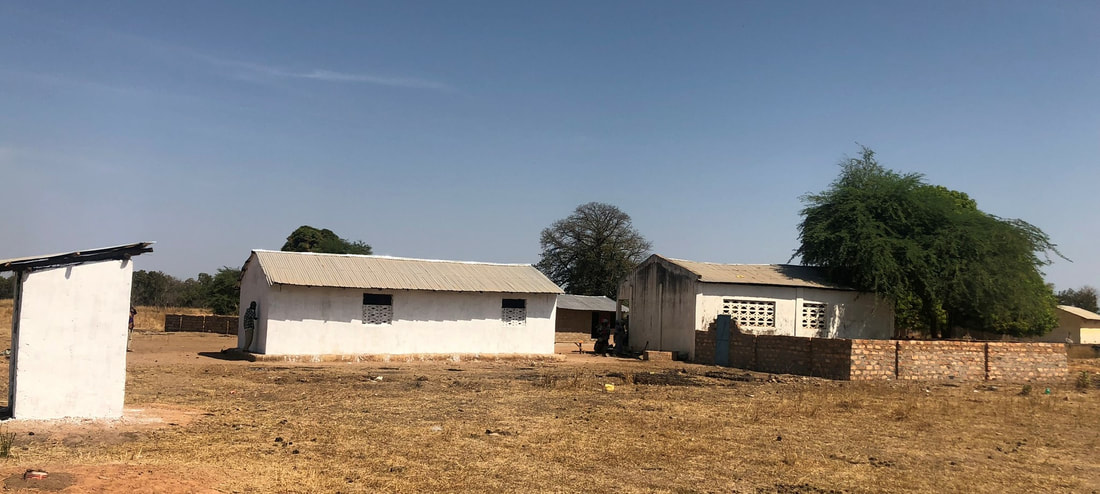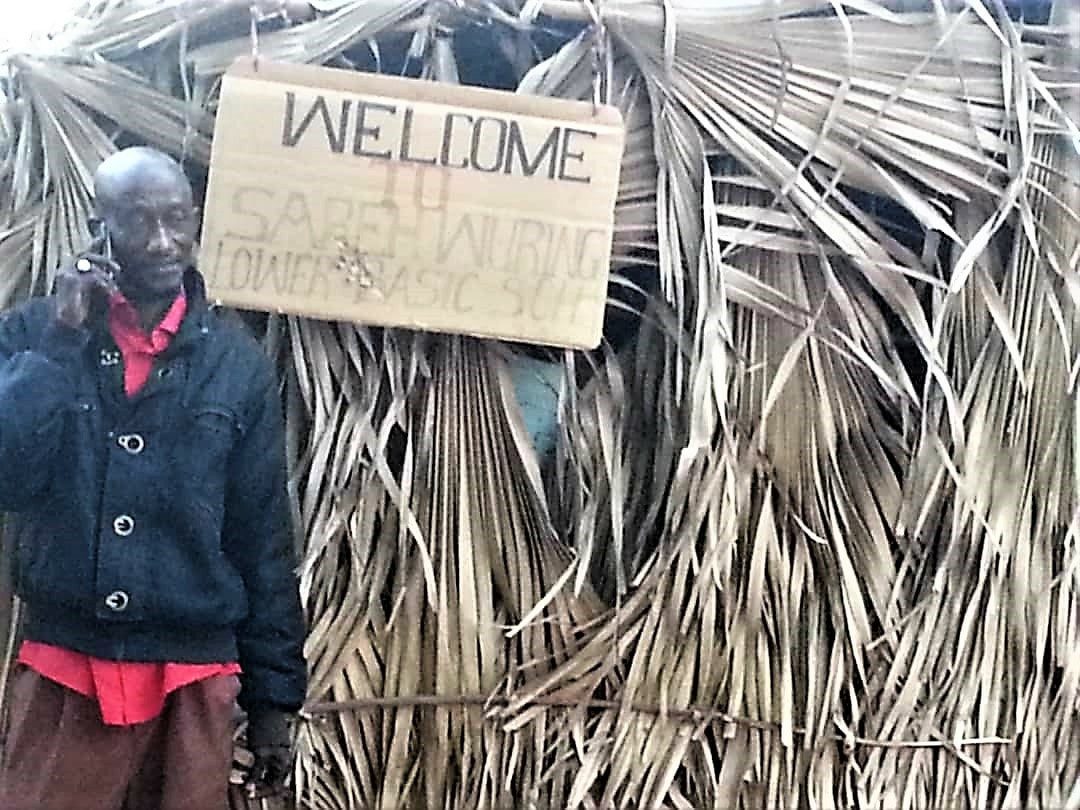BUILDING SCHOOLS, CHANGING LIVES
Every year, more Gambians want to go to school. But demand for rural schools has outstripped the Gambian government's means. As in many new democracies, much of the scarce funds are going to be allocated to noisy, visible, and/or politically important communities.
So if you are far from the only paved road, in a remote farming village, and the nearest school is more than 30 minutes' walk away, children still do what their ancestors did: stay home.
But in a few communities, people have taken matters into their own hands. They have started schools in abandoned or unused buildings, added on to them as more children enrolled. And the good news is that the government CAN afford to send teachers (partly because teachers are so low paid....)
So if you are far from the only paved road, in a remote farming village, and the nearest school is more than 30 minutes' walk away, children still do what their ancestors did: stay home.
But in a few communities, people have taken matters into their own hands. They have started schools in abandoned or unused buildings, added on to them as more children enrolled. And the good news is that the government CAN afford to send teachers (partly because teachers are so low paid....)
You can read more about GambiaRising's first 4 school projects below. But first, there is an urgent need for help for the children of Brikamanding. This is a village of 400 people in the Lower River Region district of Kiang West. It is 4 km from the nearest school, in Kuli Kunda. As a result, only 8 of the village's 53 school-aged children are enrolled in school, since the 8 km walk (4 km each way) is just too much for the small children. Several mobilization meetings have been held with the local GambiaRising Community Coordinator, Alieu Gaye. The community is willing, able and excited to build themselves a school. The Ministry of Basic and Secondary Education has given verbal approval to sending teachers in September 2020 ... if a school has been built by then. Now it's up to us.
For more than 5 years, GambiaRising has been supporting communities who are so motivated that they are willing to build their own school... if only they have the materials. Most of the structure they can make themselves - of mud bricks. But to protect the school from the rain, and to hold the bricks together, they need cement (imported, and expensive). For the roof, they need wood framing and sheets of corrugage. Then there are doors, window, ... and toilets (concrete-lined pit latrines). Here are the stories of the first four communities who showed the way:
|
In Pacharr, school was started in an abandoned corrugate shed. And the community started work on mud-brick classrooms.
|
GambiaRising supplied cement, roofing materials, chalkboards, benches, and window/door material. Community members built the classrooms.
|
The school is visible from the road. As elections loomed, the government then added 2 new classrooms + teachers' housing.
|
|
In Njie Kunda, there were no old buildings available, so with GambiaRising's support, the community built two classrooms to start a new school.
|
The new school filled quickly, then it went to double shifts. With our support, two more classrooms and teachers' housing were then added.
|
Again, these were built with materials funded by GambiaRising, and then Water Charity supported adding a school garden, kitchen, and toilets to the campus.
|
|
The village of Sareh Wuring was a 30-minute walk from the nearest school. So the community asked the owner of an abandoned storage shed if they could use it for a school. They built a grass roof and started. Then they added a second room - a grass hut. To their delight, the government agreed to provide teachers, three of them. And, based on age, they assigned children to three grades: Nursery 1, Nursery 2, and grade 1. With only two rooms, that meant that there were two shifts. Children sat on the floor. You might wonder who would go to such a school? The answer is: 104 students enrolled!
|
|
Only then did the community reached out to GambiaRising. Could we provide the funds for materials so they could build two mud brick classrooms? With small funds from several GambiaRising donors, work got under way. Soon thereafter WorldConnect agreed to fund the rest. Peace Corps volunteer Harry Dwinell visited the community several times and made this short film about the project:
And when we went back in January 2022, we found that the Ministry of Basic and Secondary Education (supported by the MRC Holland Foundation) had taken full responsibility for the school's expansion and improvement: |
|
Let's help more Gambian communities build themselves a school!
Thank you! Abaraka! Jerejef! A jaaraama!
Thank you! Abaraka! Jerejef! A jaaraama!
